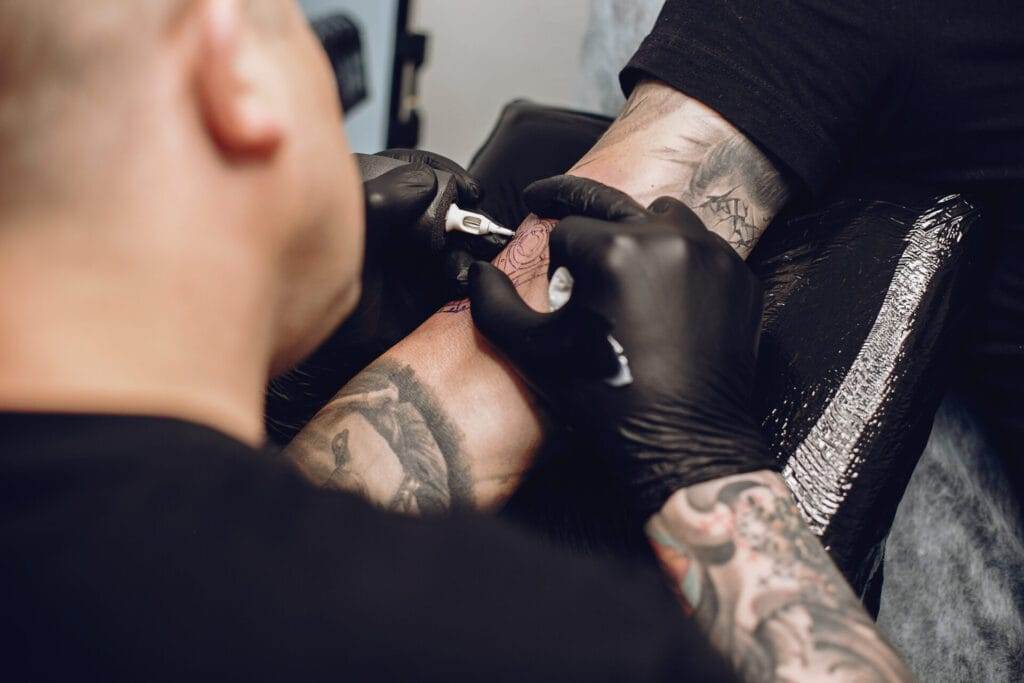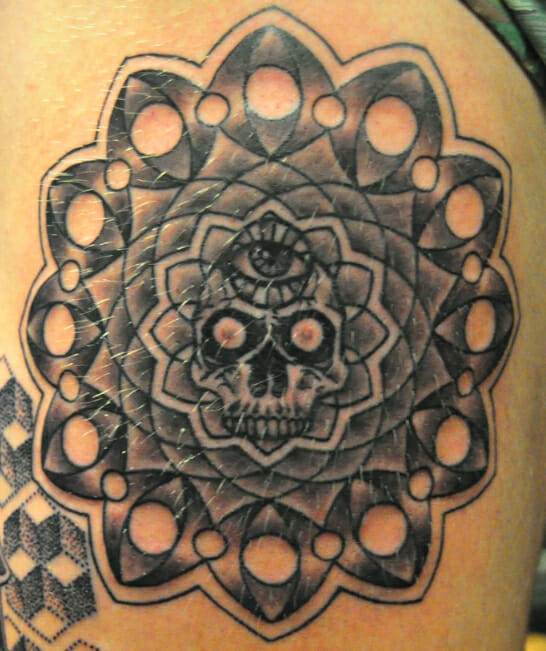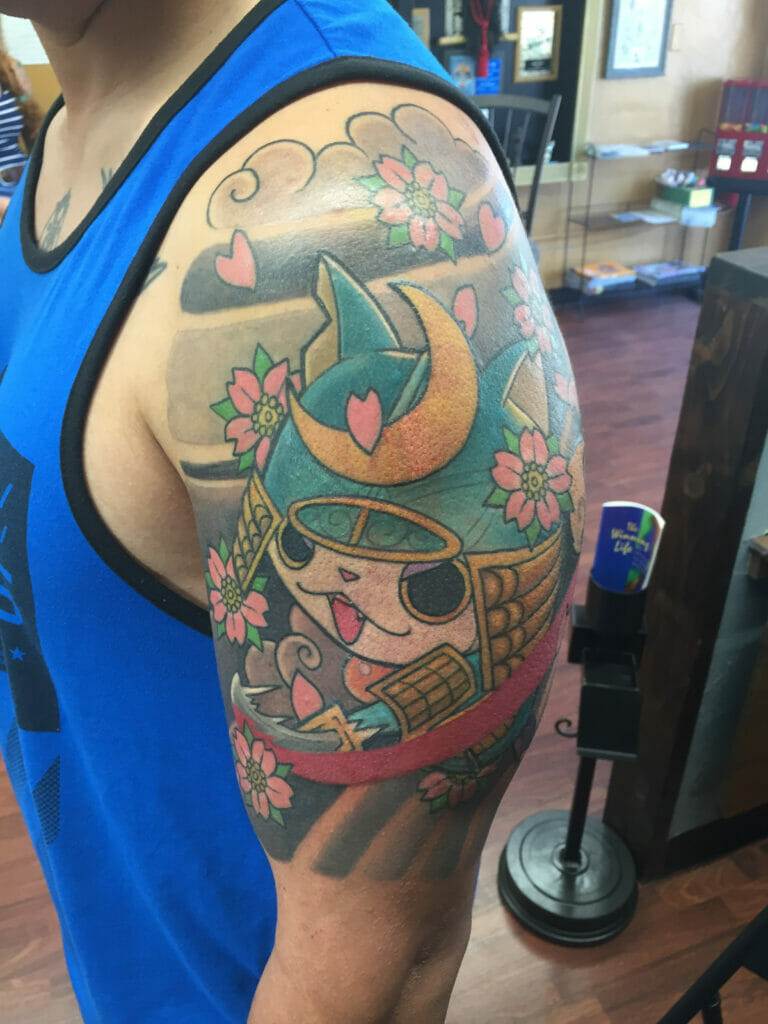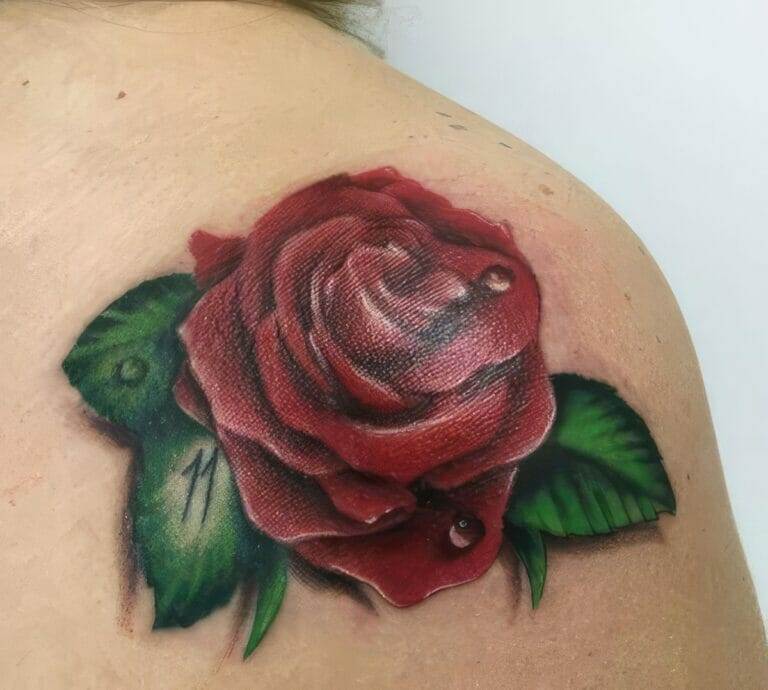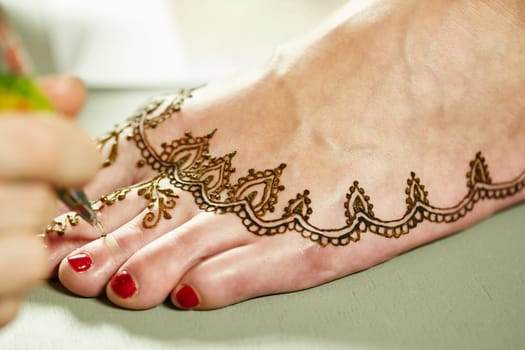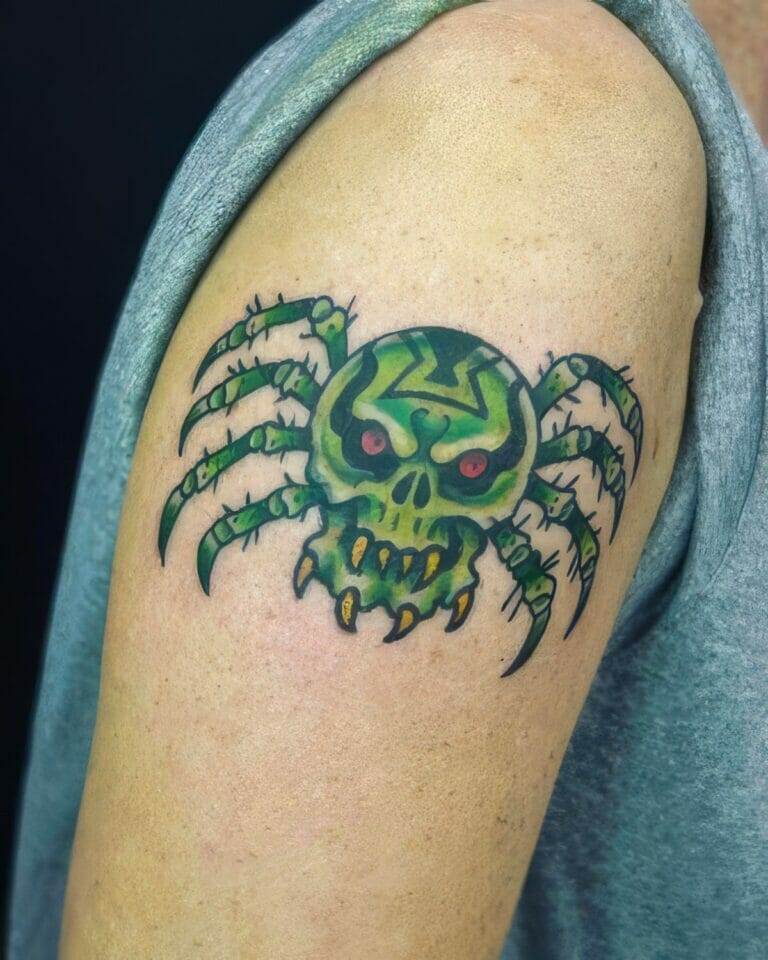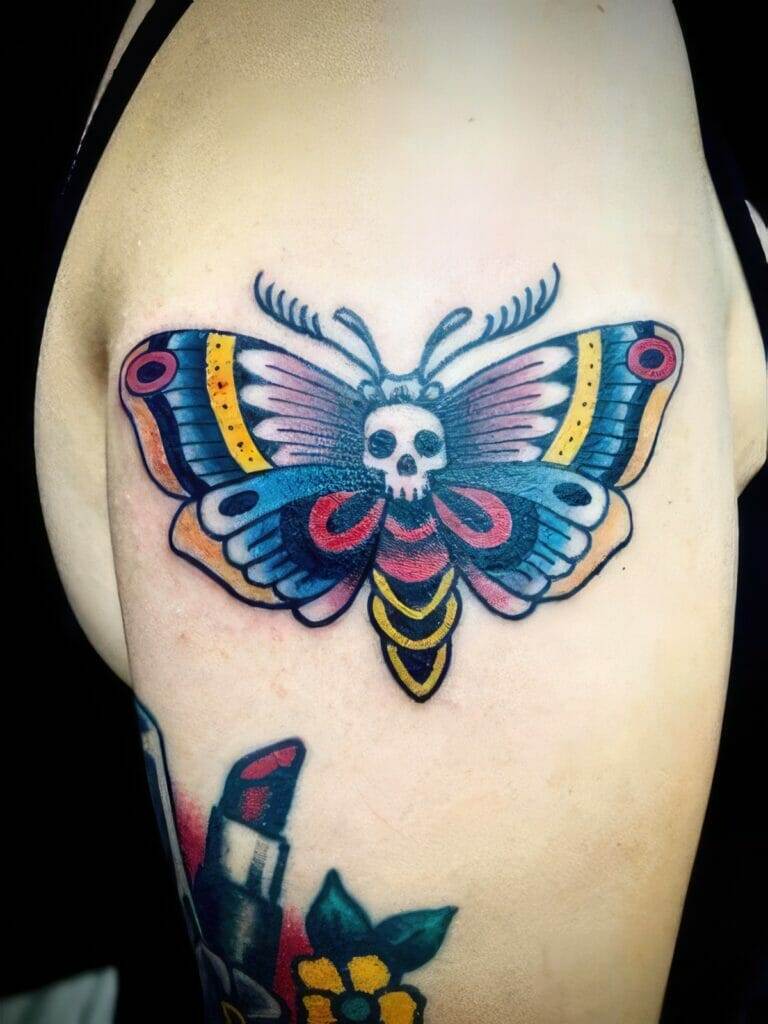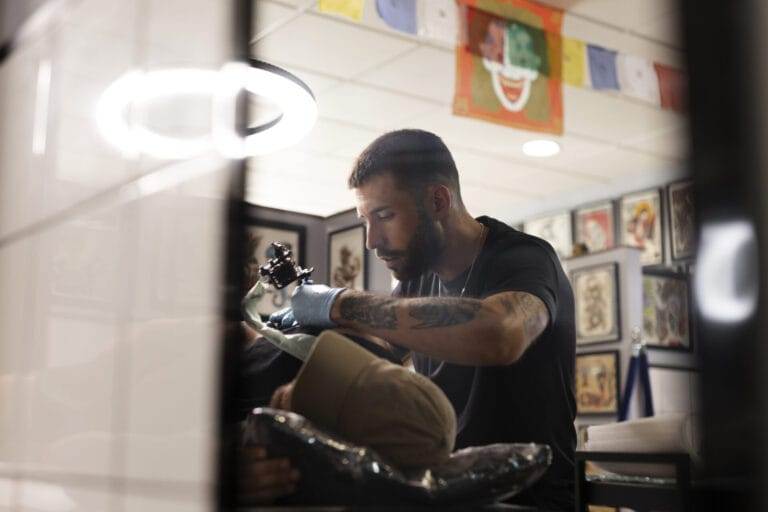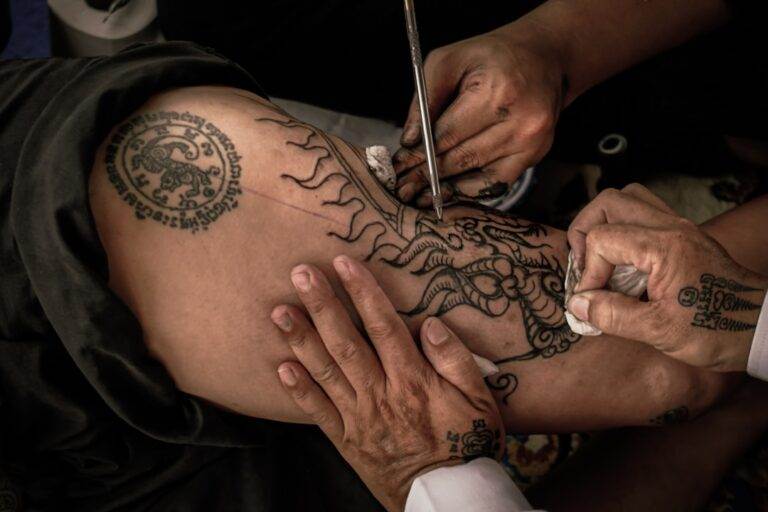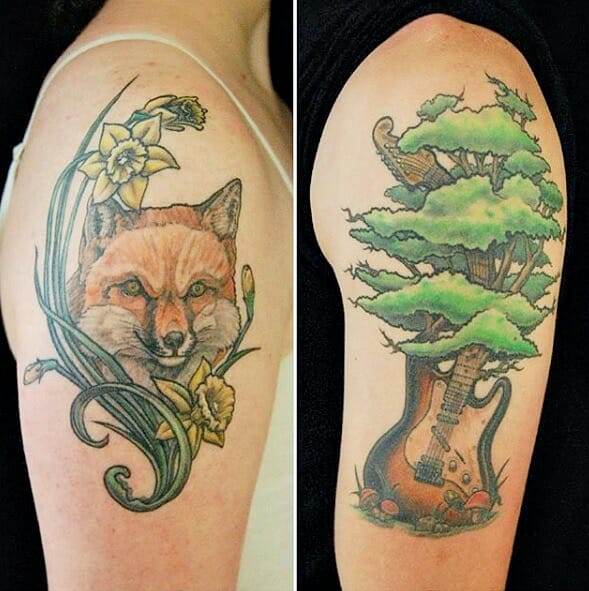
Tattoos have become increasingly popular in recent years, with people of all ages and backgrounds choosing to get inked. However, along with the rise in popularity of tattoos, there has also been a rise in tattoo regret. Whether it’s due to a change in personal taste, a desire to remove a reminder of a past relationship, or simply a poorly executed tattoo, many people find themselves wanting to get rid of their unwanted ink. This is where cover-up art comes in.
Cover-up art is the process of creating a new tattoo design that effectively conceals an existing tattoo. It offers a solution for those who want to transform their unwanted tattoos into something they can be proud of. By working with a skilled and experienced cover-up artist, individuals can turn their tattoo regret into a work of art.
Understanding the Limitations of Tattoo Removal Methods
While there are various methods available for tattoo removal, they all have their limitations and drawbacks. Laser tattoo removal, for example, can be expensive, time-consuming, and often requires multiple sessions to achieve satisfactory results. Additionally, laser removal may not be suitable for all skin types or colors, and it can sometimes leave behind scarring or discoloration.
Other methods such as dermabrasion and excision also have their limitations. Dermabrasion involves removing the top layers of skin using a rotating brush or diamond wheel, which can be painful and may result in scarring. Excision involves surgically removing the tattooed skin and stitching the surrounding skin together, which can leave behind noticeable scars.
For those who are not suitable candidates for tattoo removal methods or simply prefer not to go through the process, cover-up art offers an alternative solution.
How Cover-Up Art Works: The Science Behind the Magic
Cover-up art works by strategically designing a new tattoo that effectively conceals the unwanted tattoo underneath. This requires careful consideration of color theory and composition. The cover-up artist must choose colors that will effectively blend with the existing tattoo and create a new design that distracts the eye from the original tattoo.
Color theory plays a crucial role in cover-up art. The cover-up artist must select colors that will neutralize or complement the colors of the existing tattoo. For example, if the unwanted tattoo contains a lot of red ink, the cover-up artist may choose to incorporate greens or blues into the new design to help neutralize the redness.
Composition is also important in cover-up art. The cover-up artist must create a design that effectively covers the unwanted tattoo without drawing attention to it. This may involve incorporating elements such as flowers, animals, or geometric shapes that can be strategically placed to distract the eye from the original tattoo.
The Art of Designing a Cover-Up Tattoo: Tips and Tricks
Designing a cover-up tattoo requires careful consideration and planning. It’s important to work closely with your chosen cover-up artist to create a design that effectively conceals the unwanted tattoo while still being aesthetically pleasing.
Start by discussing your vision and any ideas you may have with your cover-up artist. They will be able to provide guidance and suggestions based on their experience and expertise. They may also ask you to provide reference images or examples of styles or elements you like.
During the design process, it’s important to be open to suggestions and feedback from your cover-up artist. They may need to make adjustments to the design to ensure it effectively covers the unwanted tattoo. Trusting their expertise and allowing them creative freedom will ultimately result in a better outcome.
The Importance of Color and Composition in Cover-Up Art
Color and composition play a crucial role in creating an effective cover-up tattoo. The cover-up artist must carefully select colors that will blend with the existing tattoo and create a new design that distracts the eye from the original tattoo.
As mentioned earlier, color theory is important in cover-up art. The cover-up artist must choose colors that will neutralize or complement the colors of the existing tattoo. This may involve using contrasting colors or incorporating colors that are opposite on the color wheel to help neutralize any unwanted hues.
Composition is also key in cover-up art. The cover-up artist must create a design that effectively covers the unwanted tattoo without drawing attention to it. This may involve strategically placing elements or using shading techniques to create depth and distract the eye from the original tattoo.
Covering Up Large Tattoos: Challenges and Solutions
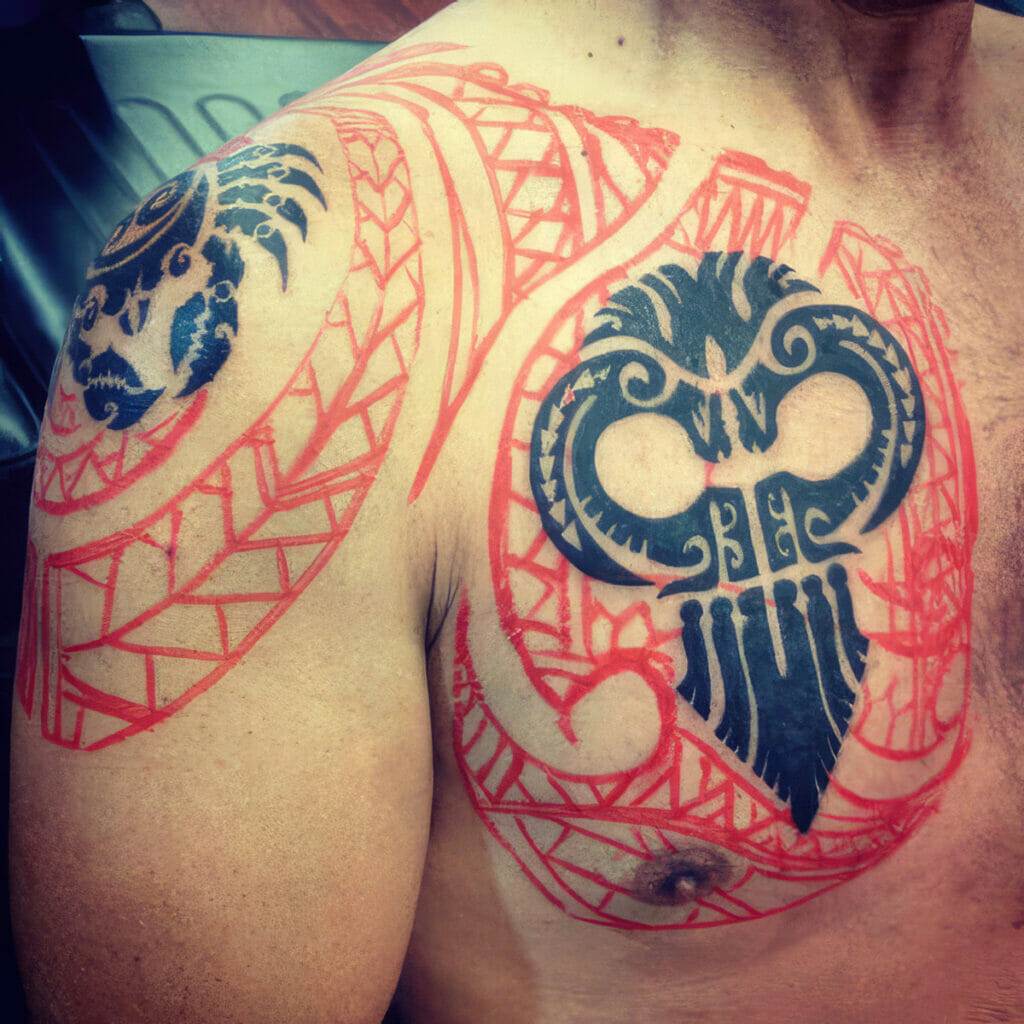
Covering up large tattoos can present unique challenges for both the client and the cover-up artist. Large tattoos often require more time, skill, and creativity to effectively conceal.
One challenge is finding a design that is large enough to cover the existing tattoo while still being visually appealing. This may involve incorporating additional elements or expanding on existing elements of the original tattoo.
Another challenge is ensuring that the new design effectively covers any unwanted elements of the original tattoo, such as names or symbols that are no longer desired. This may require careful placement of new elements or the use of shading techniques to effectively hide the unwanted elements.
Working closely with a skilled and experienced cover-up artist is crucial when covering up large tattoos. They will be able to provide guidance and suggestions based on their expertise and experience.
The Healing Process: What to Expect After a Cover-Up Tattoo
After getting a cover-up tattoo, it’s important to understand the healing process and what to expect. The healing process for a cover-up tattoo is similar to that of a regular tattoo, but there may be some additional considerations.
Immediately after getting the tattoo, the artist will apply a bandage or wrap to protect the tattoo and prevent infection. It’s important to follow their instructions for caring for the tattoo during the initial healing period.
During the first few days, it’s normal for the tattoo to be red, swollen, and tender. It may also ooze plasma or ink. It’s important to keep the tattoo clean and moisturized during this time, following the artist’s instructions for aftercare.
As the tattoo heals, it will go through various stages, including scabbing, peeling, and itching. It’s important not to pick at or scratch the tattoo during this time, as it can disrupt the healing process and potentially damage the design.
Maintaining the Quality of Your Cover-Up Tattoo: Dos and Don’ts
Proper aftercare is crucial for maintaining the quality of a cover-up tattoo. Following the artist’s instructions for aftercare is essential in ensuring that the tattoo heals properly and retains its vibrancy.
Some dos for caring for a cover-up tattoo include:
– Keeping the tattoo clean by gently washing it with mild soap and water.
– Applying a thin layer of fragrance-free moisturizer to keep the skin hydrated.
– Avoiding direct sunlight and tanning beds, as UV rays can fade the tattoo.
– Avoiding swimming pools, hot tubs, and saunas until the tattoo is fully healed.
– Wearing loose, breathable clothing to prevent irritation.
Some don’ts for caring for a cover-up tattoo include:
– Picking at or scratching the tattoo, as it can disrupt the healing process and potentially damage the design.
– Applying excessive amounts of ointment or moisturizer, as it can suffocate the tattoo and prolong the healing process.
– Exposing the tattoo to direct sunlight or tanning beds without proper protection, as it can fade the tattoo.
– Soaking the tattoo in water for extended periods of time, as it can soften the scabs and increase the risk of infection.
The Emotional Benefits of Cover-Up Art: Regaining Confidence and Self-Esteem
Cover-up art not only offers a physical solution for unwanted tattoos but also provides emotional benefits for those who have tattoo regret. For many people, getting a cover-up tattoo can be a transformative experience that helps them regain confidence and self-esteem.
Having a tattoo that they are proud of can boost self-confidence and improve body image. It allows individuals to reclaim ownership of their bodies and feel more comfortable in their own skin. Cover-up art can also serve as a reminder of personal growth and transformation, turning a negative experience into a positive one.
There are countless stories of individuals who have regained confidence and self-esteem through cover-up art. Whether it’s covering up a reminder of a past relationship, transforming a poorly executed tattoo into a work of art, or simply embracing a new chapter in life, cover-up art has the power to change lives.
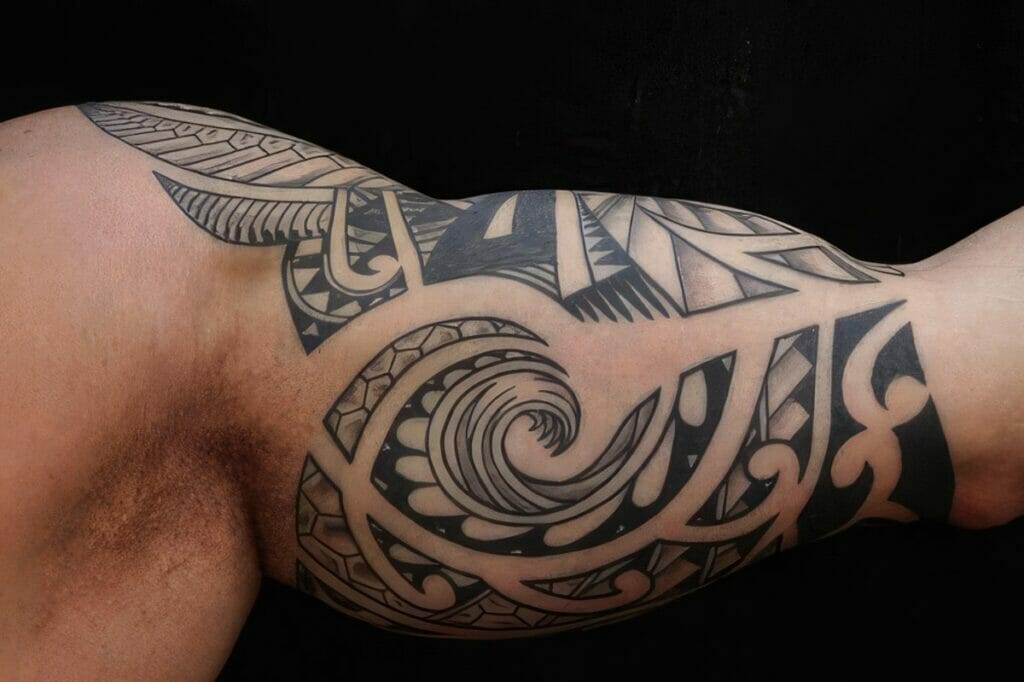
Embracing the Beauty of Cover-Up Art as a Solution for Unwanted Tattoos
In conclusion, cover-up art offers a solution for those who have tattoo regret and want to transform their unwanted tattoos into something they can be proud of. While there are various methods available for tattoo removal, they all have their limitations and drawbacks. Cover-up art provides an alternative solution that allows individuals to embrace their tattoos and turn them into works of art.
Finding a skilled and experienced cover-up artist is crucial for achieving a successful cover-up tattoo. It’s important to do thorough research and take the time to find an artist who specializes in cover-up art and has a portfolio of successful cover-up tattoos.
Designing a cover-up tattoo requires careful consideration and planning. Working closely with your chosen cover-up artist to create a design that effectively conceals the unwanted tattoo while still being aesthetically pleasing is key.
Cover-up art not only offers a physical solution for unwanted tattoos but also provides emotional benefits. It can help individuals regain confidence and self-esteem, turning a negative experience into a positive one.
If you have a tattoo you regret, consider cover-up art as an option. With the right artist and design, you can transform your unwanted tattoo into a work of art that you can be proud of.

